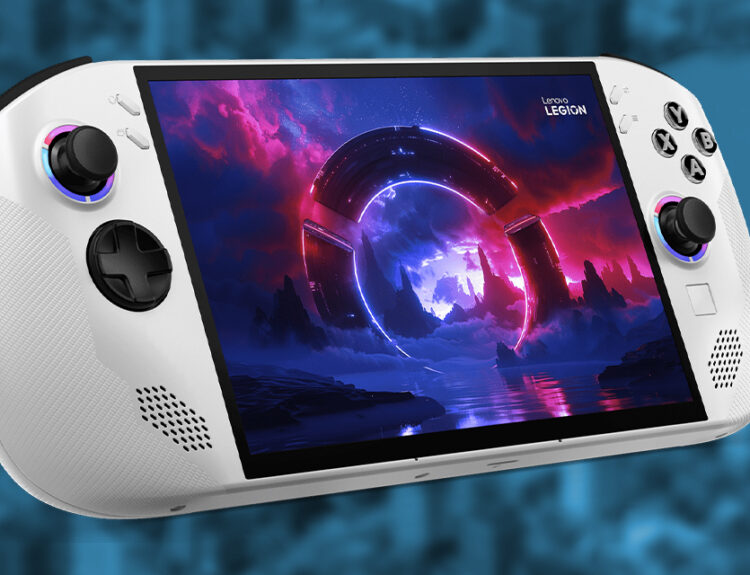Apple recently lifted the curtain on its latest iPad Pro, promising ground breaking features that elevate the tablet experience to new heights. But does it live up to the hype? Let’s take a closer look at what the tech giant has in store.

Source: Apple May Event
Let’s dive into the display. The Ultra Retina XDR display is hailed as a breakthrough, claiming an offer of unparalleled visual experiences. Until we get independent reviews, the tandem OLED technology sounds impressive on paper, but will everyday users really notice the difference when you’re talking about a physical display of 11 or 13 inches? And what about the added cost of the nano texture glass option? Is it worth the investment – especially since it is only available on the 1TB and 2TB configurations. That’s an ask of around $200 AUD on top of a minimum of $2749. At that point you surely are wondering if you wish to be stuck in the iPadOS environment rather than paying just as much to jump back to MacOS with a MacBook Pro. The only thing that justifies considering the iPad Pro at this point is the new M4 chip.
Apple’s M4 chip promises a significant leap in performance and capabilities. But is it truly revolutionary, or just another incremental upgrade? The claims of “outrageously fast” speeds and “powerful AI capabilities” certainly sound impressive, but do they translate to real-world usage and for how long? Already, the M1 chip is long in the tooth with the latest Final Cut Pro becoming a hot laggy mess when scrobbling 4K footage. If this is truly a Pro product then the benchmarks will need to blow our expectations beyond “just the next chip in the lineup”.
The new iPad Pro comes with a slew of accessories, including the Apple Pencil Pro and Magic Keyboard. These look nice and we aren’t against gimmicks when they at least add functionality but I can’t imagine the hobbyist ditching their perfectly fine non-pro Pencils for a few extra buttons at a $200+ price tag. It is funny that the new keyboard now features a function row – It feels we are somewhere between a merger of iPadOS and MacOS and the difference between a MacBook and iPad is the touch functionality. Still a nice touch.

Source: Apple May Event
While the new iPad Pro undoubtedly offers some exciting features, it’s essential to approach the hype with a critical eye. Yes, it’s thin, light, and powerful, but is it truly a game-changer? Only time will tell. As consumers, it’s crucial to evaluate these products based on their actual merits rather than simply buying into the marketing hype.
It’s essential to temper our expectations and consider whether the improvements justify the hefty price tag. After all, in a world where technology moves at lightning speed, it’s easy to get caught up in the excitement of the latest and greatest gadgets. But sometimes, it’s worth taking a step back and asking ourselves: do we really need all these bells and whistles?






